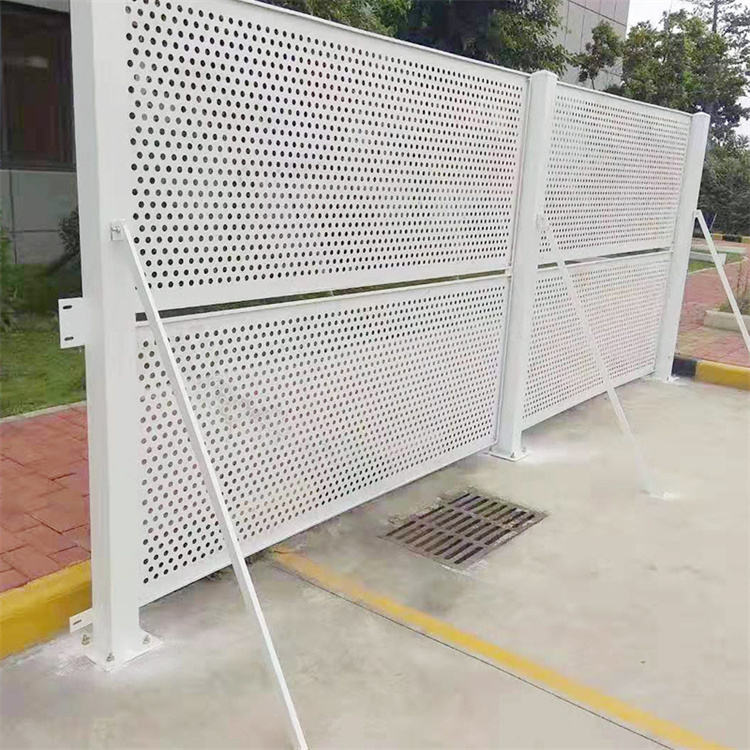The Cost of Noise Barrier Walls An In-Depth Analysis
Noise pollution has become an ever-growing concern in urban areas, where the hustle and bustle of daily life can lead to significant disturbances. One effective solution to combat this issue is the construction of noise barrier walls. These structures, strategically placed along highways, railways, and industrial zones, serve to absorb and deflect sound, providing a quieter environment for nearby residents. However, the implementation of noise barrier walls comes with a cost that varies based on several factors.
Understanding Noise Barriers
Noise barrier walls are typically constructed from materials such as concrete, wood, or earth mounds. Their primary function is to obstruct sound waves generated by vehicle traffic, trains, and other sources of noise. The effectiveness of these barriers depends on their height, mass, and distance from the noise source. The installation of these walls can lead to a significant decrease in noise levels, thus improving the quality of life for those living in proximity to transportation corridors.
Factors Influencing Costs
The cost of noise barrier walls can vary widely based on several factors
1. Material Choice Different materials come with varying price points. Concrete walls, for instance, tend to be more expensive than wooden barriers due to their durability and effectiveness in sound dampening. The selection of material also impacts the maintenance costs over time.
2. Height and Length The height and length of the barrier are crucial in determining not only its efficacy but also its cost. Taller and longer barriers require more materials and labor, which escalates expenses. In areas where higher noise levels are present, taller barriers may be deemed necessary, further increasing costs.
cost of noise barrier walls

3. Location The geographical location plays a significant role in cost implications. Urban areas might have higher construction costs due to land value and the complexity of construction in densely populated settings. Conversely, rural areas may present logistical challenges that could also drive costs up.
4. Regulatory Compliance The installation of noise barriers is subject to local regulations and requirements. Compliance with these guidelines can entail additional costs related to permits, environmental assessments, and engineering designs.
Assessing the Economic Impact
While the initial investment in noise barrier walls can be substantial, it is essential to consider the long-term economic benefits. Reduced noise pollution contributes to improved public health, which can lead to decreased healthcare costs associated with stress-related illnesses. Furthermore, quieter neighborhoods often see an increase in property values, which benefits local economies.
Additionally, noise barrier walls can enhance the quality of life for residents, fostering a more appealing living environment. This increases community satisfaction and may reduce the rates of neighborhood turnover and associated costs for local governments.
Conclusion
The cost of noise barrier walls is a multifaceted issue that encompasses material expenses, construction logistics, and regulatory compliance. While these barriers require a significant upfront investment, their long-term benefits, including improved public health and increased property values, may justify the expense. As urbanization continues to rise and noise pollution remains a pressing issue, noise barrier walls will play a vital role in creating a peaceful environment for communities. Thus, it is essential for city planners and policymakers to weigh these costs against the potential benefits to effectively address noise pollution in urban settings.
-
Why Galvanized Trench Cover Steel Grating Resists Corrosion
NewsJul.10,2025
-
The Versatility and Strength of Stainless Expanded Metal Mesh
NewsJul.10,2025
-
Load Calculations in Steel Grating Platforms
NewsJul.10,2025
-
Keeping Pets and Kids Safe with Chicken Wire Deck Railing
NewsJul.10,2025
-
Hole Diameter and Pitch for Round Perforated Metal Sheets
NewsJul.10,2025
-
Aluminium Diamond Mesh in Modern Architecture
NewsJul.10,2025
Subscribe now!
Stay up to date with the latest on Fry Steeland industry news.

